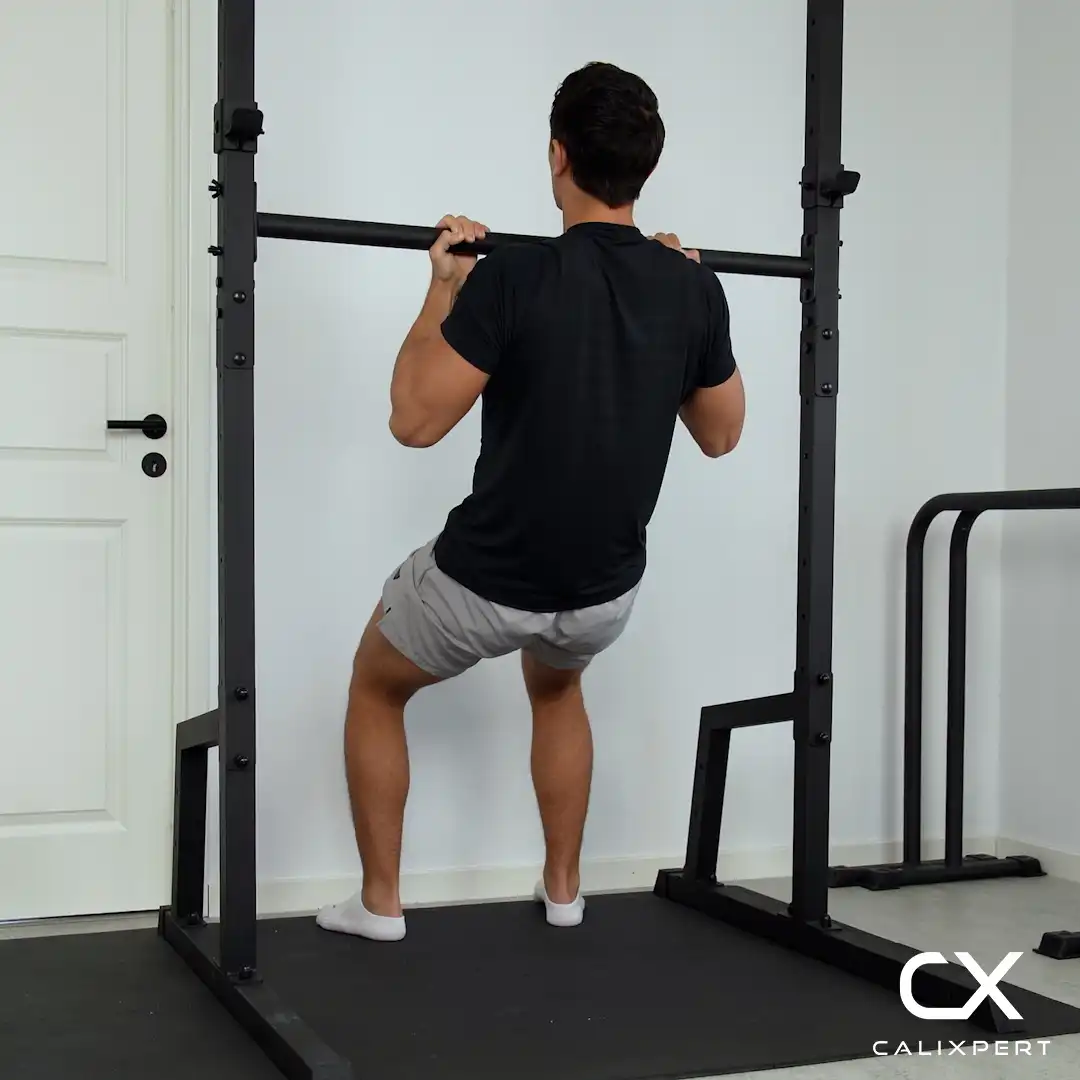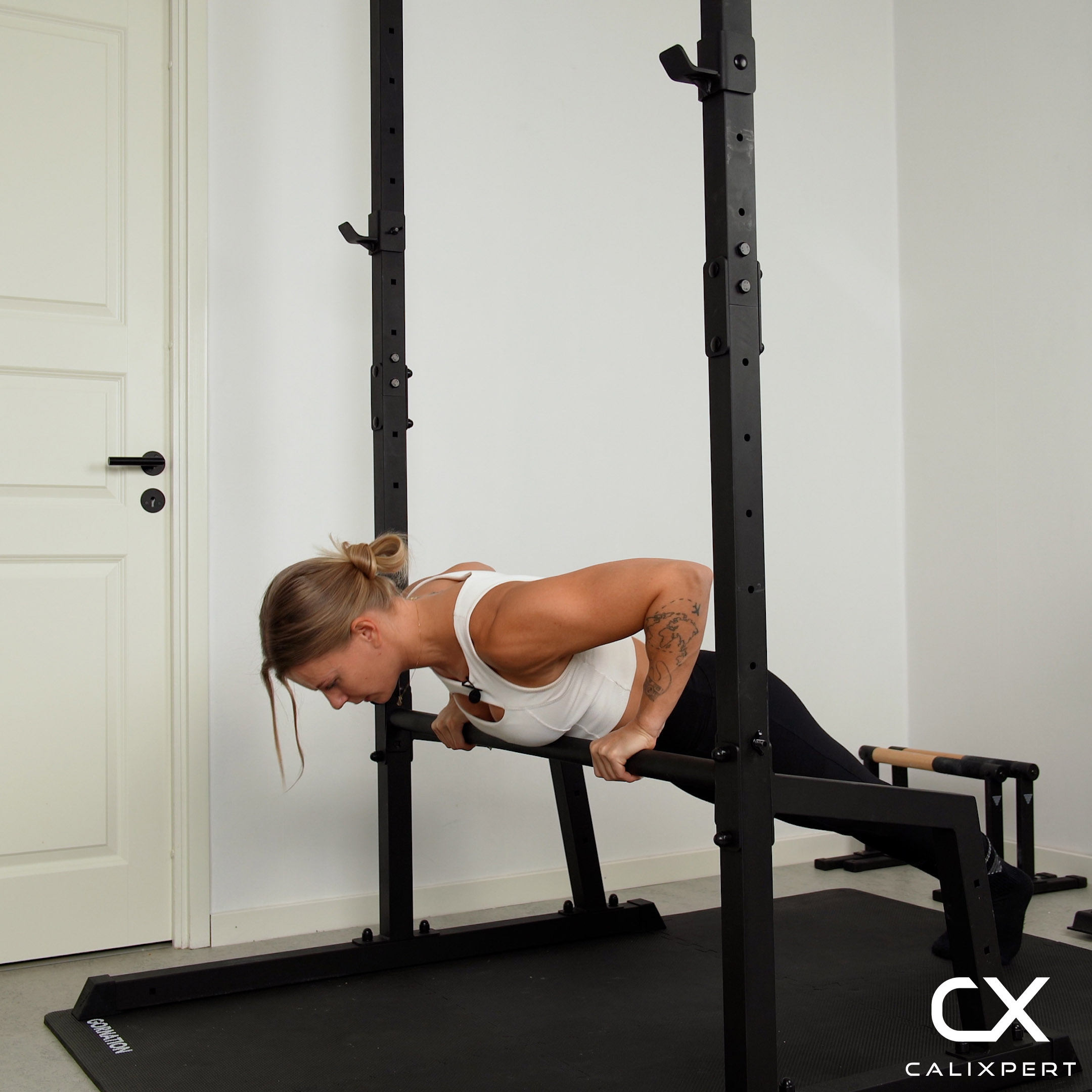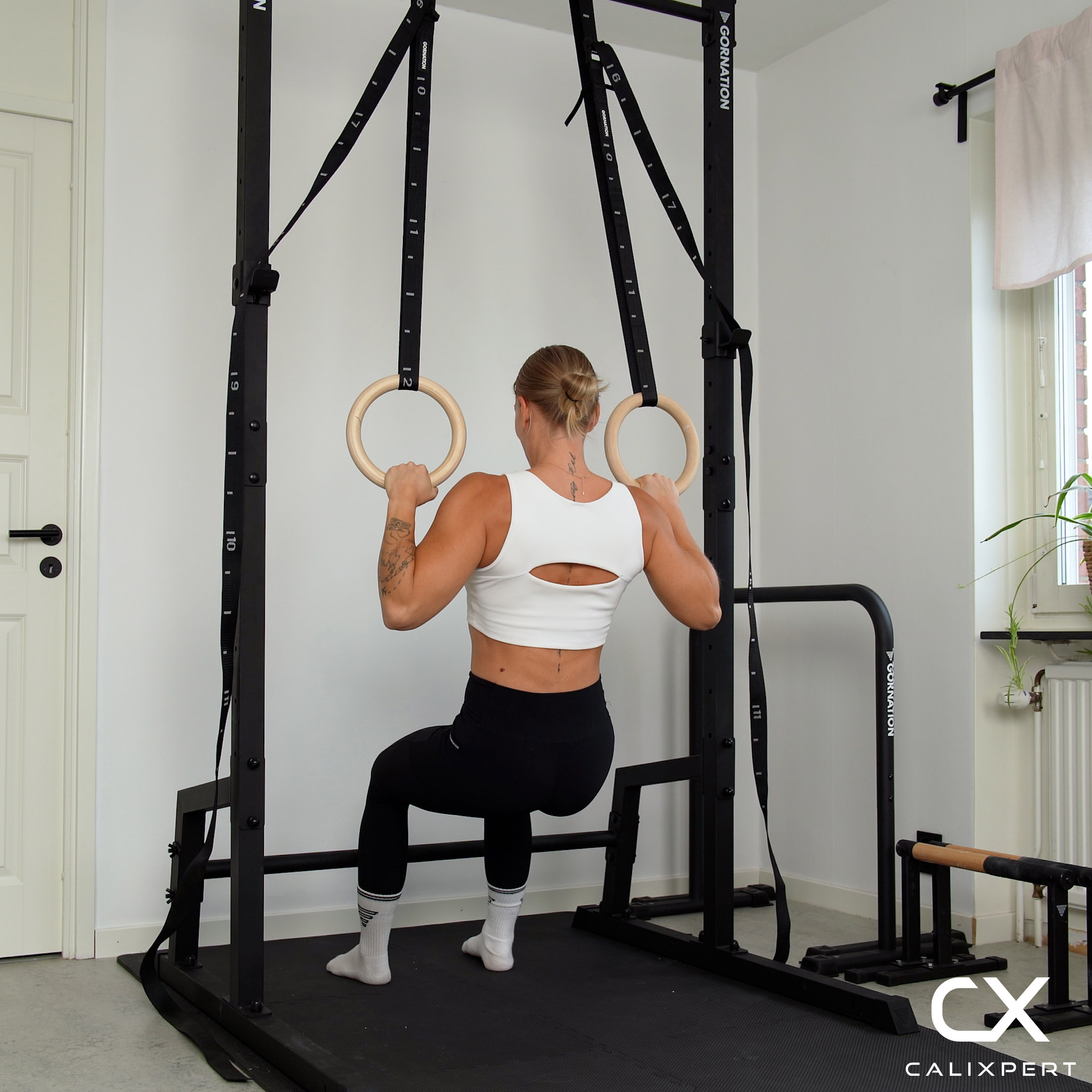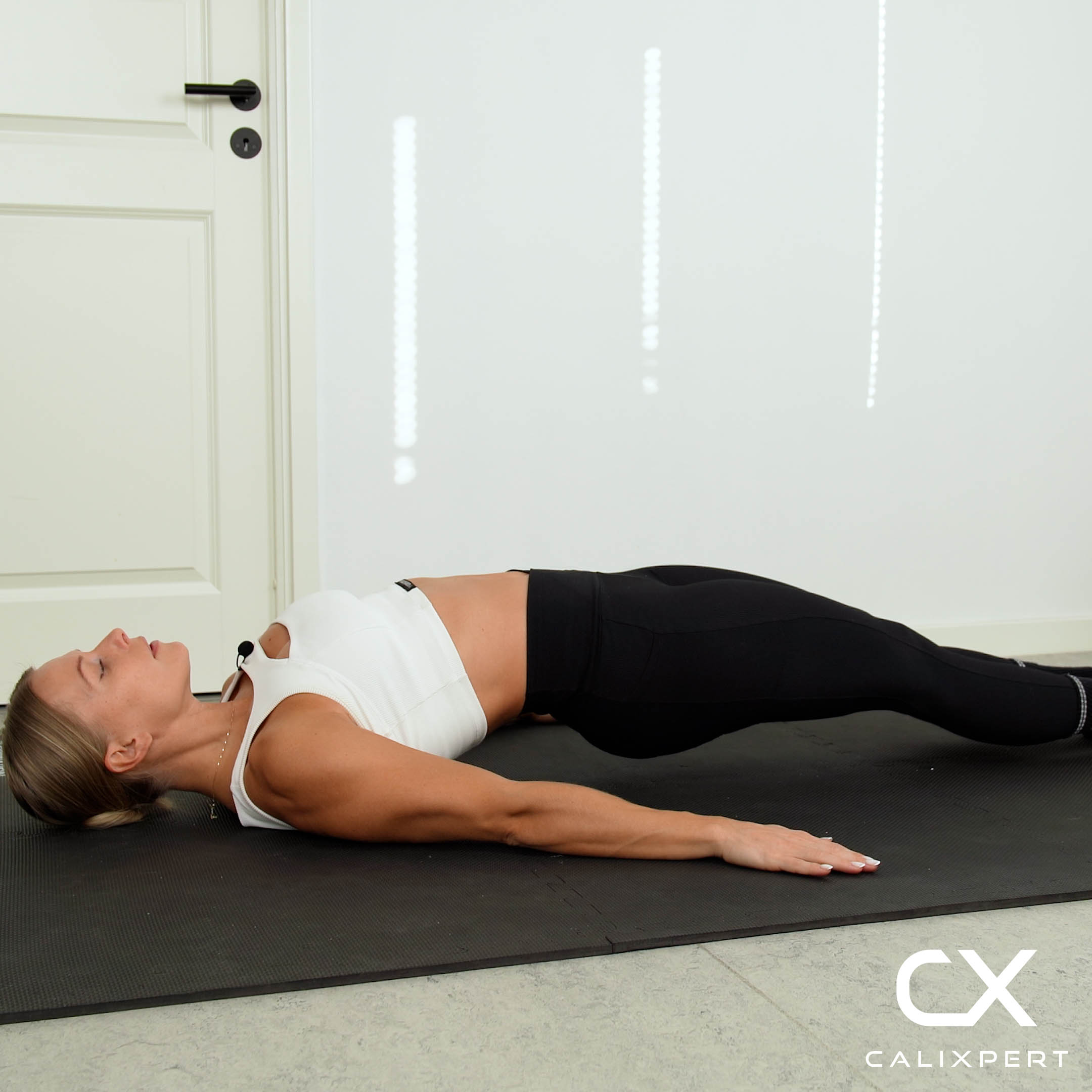How To Do Pull Ups
Pull-ups are a fundamental upper body exercise that primarily targets the back, shoulders, and arms. To perform a pull-up, you need to lift your body until your chin is above the bar, using proper form to maximize effectiveness and minimize injury risk.
Step-by-Step Guide to Pull Ups
Starting Position
Stand under a pull-up bar and grab it with an overhand grip (palms facing away), hands slightly wider than shoulder-width. Engage your core and hang with your arms fully extended, keeping your body straight.
Pulling Up
Pull your shoulder blades down and back, then bend your elbows to lift your body toward the bar. Focus on engaging your back muscles rather than just using your arms. Avoid swinging or using momentum.
Reaching the Top
Pull until your chin clears the bar. Hold briefly to maximize muscle engagement. Keep your shoulders down and away from your ears for proper form.
Lowering Down
Slowly lower yourself back to the starting position, fully extending your arms. Control the descent to prevent injury and maintain muscle engagement.
Finishing Position
Once fully extended, reset your grip and form before starting the next rep. Maintain control and alignment throughout.
Pull Ups Workout Plan for All Levels
- Beginner: 3 sets of 3-5 reps, 2 minutes rest, 2 times per week.
- Intermediate: 4 sets of 6-8 reps, 90 seconds rest, 3 times per week.
- Advanced: 5 sets of 10-12 reps, 60 seconds rest, 4 times per week.
Benefits of Pull Ups
- Builds upper body strength, especially in the back, shoulders, and arms.
- Enhances grip strength for better performance in other exercises.
- Improves body control and stability.
- Develops muscle endurance and power.
- Prepares you for advanced moves like muscle-ups.
Common Mistakes to Avoid
- Swinging or using momentum: Perform slow, controlled reps.
- Not fully extending arms: Use a full range of motion for effectiveness.
- Poor grip: Maintain a firm hold to prevent slipping.
- Neglecting shoulder positioning: Keep shoulders down and back to avoid strain.
Follow these steps to master pull-ups with proper form and efficiency.
FAQ About Pull Ups
The average untrained man can typically do 0 to 3 pull-ups, while a moderately fit individual can manage 5 to 10. Women, due to differences in upper body strength, generally perform 0 to 2 pull-ups without prior training.
Elite levels vary, but here’s a rough breakdown:
- Men: 15+ is excellent, 20+ is elite, and 30+ is top-tier.
- Women: 10+ is excellent, 15+ is elite, and 20+ is extremely high-level.
For comparison, military fitness tests often require 10-20 pull-ups for top scores, and gymnasts or rock climbers can exceed 30+ reps with ease.
Pull-ups are tough because they require significant upper body strength, especially in the back, shoulders, and arms. Unlike exercises where your feet provide support, pull-ups demand that you lift your entire body weight using just your upper body. Many people also lack the grip strength and core stability needed to perform them efficiently.
The Benefits of Training Pull-Ups Regularly
Incorporating pull-ups into a workout routine improves upper body strength, grip endurance, and overall athletic performance. They enhance posture by strengthening the back muscles, counteracting the effects of prolonged sitting. Pull-ups are also highly functional, mimicking real-life movements that require pulling strength, making them one of the most effective bodyweight exercises for overall fitness.
Yes, pull-ups are one of the best exercises for building upper body muscle. They primarily target the latissimus dorsi (lats), but also engage the biceps, traps, rear delts, and core. Over time, consistent pull-up training leads to increased muscle size, definition, and functional strength. If you're looking to build mass, adding weight (weighted pull-ups) can accelerate muscle growth.
Learn More About Pull Ups
Building the Foundation for Pull-Ups
Before achieving a solid pull-up, a strong foundation is key. Strengthening the back, shoulders, and arms through exercises like dead hangs, scapular pull-ups, and assisted pull-ups will help develop the necessary muscles. Core stability is also essential, as a tight core prevents excessive swinging and improves control during the movement.
The Key Muscles Used in Pull-Ups
Pull-ups are a compound exercise that engages multiple muscle groups at once. The lats (latissimus dorsi) are the primary movers, giving the back its signature V-shape. The biceps and forearms contribute to pulling strength, while the traps and rhomboids support shoulder stability. The core plays a crucial role in maintaining form, preventing excess movement, and maximizing efficiency.
How to Progress from Beginner to Advanced
For beginners, starting with assisted variations like banded pull-ups is a great way to build strength. Jackknife pull-ups, where you keep your feet on an elevated surface to reduce body weight, allow for controlled pulling motion while developing the necessary muscles. Rows, particularly inverted rows, help build the back and arm strength required for full pull-ups. Negative pull-ups, where you slowly lower yourself from the bar, improve control and muscle endurance. Once basic pull-ups become easier, progressing to weighted pull-ups or explosive variations, like clapping pull-ups, can further enhance strength and muscle development.
The Benefits of Training Pull-Ups Regularly
Incorporating pull-ups into a workout routine improves upper body strength, grip endurance, and overall athletic performance. They enhance posture by strengthening the back muscles, counteracting the effects of prolonged sitting. Pull-ups are also highly functional, mimicking real-life movements that require pulling strength, making them one of the most effective bodyweight exercises for overall fitness.








.webp)






































.webp)




















































